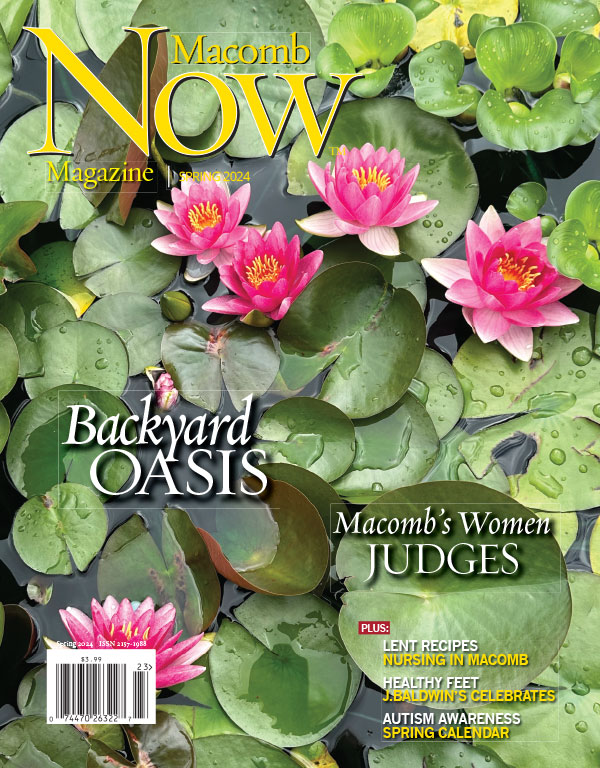Film Fuels Photographer’s Passion

By Dan Heaton
A decision by an Army infantry sergeant in Panama in the mid-1950s changed draftee Robert Stewart’s life in an unexpected way. The sergeant handed Stewart a camera and made him the regiment’s photographer.
“When I graduated high school, the thought for me and all of my buddies, was ‘Let’s get in the Army and just get this thing behind us,’” Stewart said, leaning forward on a couch as he gets to the good part. “Then I started taking pictures and I just loved it so much. I couldn’t believe that in the Army, I would fi nd this amazing new career.”
While Stewart’s military career was relatively short, he’s hardly set his camera down in the decades since. Among the highlights for the 82-year-old were earning designation as a “fellow” by the American Society of Photographers, winning the Kodak Gallery Elite Award – basically the national professional photo-of-the-year as designated by the Kodak company – and a home where stunning photos hang on every wall.
“I count myself blessed that all four of our children inherited the artist’s eye,” Stewart said. “And we’ve had so many interns from the high schools working for us in the studio over the years. Each one we tried to share that same passion and vision. So many of them have gone on to great things.”
After returning home from the Army, Stewart spent a few years working as a photographer for other businesses, before entering into a partnership with another, older photographer on Harper Avenue in St. Clair Shores in 1966. A couple of years later, the partner retired as planned. Some 100,000 or more school photos, more than 1,800 weddings and scores of award-winning personality and landscape portraits later, and Stewart Fine Portraits is still going strong.
“By 1970, we were shooting photos of 2,000 kids a year. Our peak was 1975, when we did more than 2,200. It was non-stop, but each one was an individual student that we tried to capture,” Stewart said.
Over the years, Stewart said, the students he photographs haven’t really changed.
“Hairstyles come and go, those types of things. But the students, really – I don’t think the kids have changed. Doing business with them now is very much like doing business when we first started,” he said.
So while the studio today is all digital, Stewart had a photo darkroom installed in his home. “There, he develops, he dodges, he burns, he enlarges and he prints. At the end of the process, beautiful – sometimes even breath-taking – photos emerge. Along with every print he makes, back in the dark room is a detailed file of every step taken to create that image – f stop, aperture, the fi lm used and the paper it was printed on, along with a dozen other details that only mean something to a darkroom maestro.
Stewart said while changing times have mostly brought an end to the studio’s long program of hiring high school interns, he still works with young photographers periodically on dark room practices.
“I find that young people have a fascination with this type of photography and I am happy to encourage that. It has been a wonderful part of my life for all these years,” he said.

